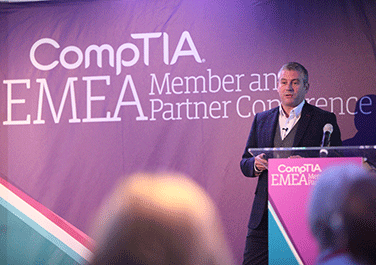Launch manufacturers and providers not only must deal with changing technology and competitive global economies that are driving down the cost of launch systems, but the variety of spacecraft users and their needs are also dramatically changing. Enormous rockets for planetary exploration are not just being developed by governments, but commercial visionaries are investing and inspiring adherents.
Traditional GEO comsats are growing both larger and smaller, and experimenting with on-orbit servicing to look for any competitive advantage over their fleet operating peers, all of which rests on competitive launch prices. Network enterprises have envisioned constellations of hundreds or thousands of MEO satellites that ensure global connectivity, that must be populated and sustained with systematic launch campaigns.
Dozens of remote sensing entrepreneurs are pursuing hundreds of microsats for continuous monitoring of the Earth both natural and human activity, and are looking to get to orbit any way possible – ride-sharing, micro-launchers, bundling - for marginal cost to close their business cases. A tipping point for virtually all of these businesses is the availability of cost competitive launch services to convince investors to finance the endeavor.
In this session, thought leaders in space market assessment for spacecraft and constellations requirements, as well as technology leaders explored the trends and likely outcomes of this ongoing investment in launch systems. Dr. Claire Leon, Director of the Launch Enterprise Directorate, Space and Missile Systems Center, Air Force Space Command, provided a keynote presentation.
David Logsdon is the Executive Director of CompTIA’s Space Enterprise Council

 Add CompTIA to your favorite RSS reader
Add CompTIA to your favorite RSS reader

